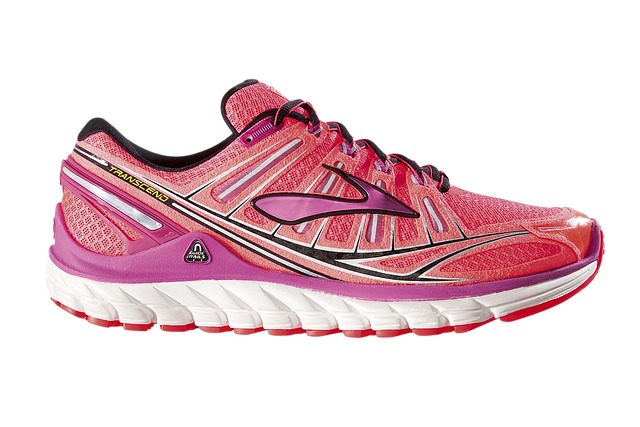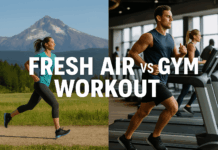Functional fitness is more than just lifting weights or running on a treadmill; it’s a holistic approach to exercise that focuses on improving your ability to perform daily activities with ease and efficiency. In this article, we’ll explore the concept of functional fitness and how it can enhance your everyday life.
**1. What Is Functional Fitness?
Functional fitness involves exercises and movements that mimic real-life activities. It aims to improve your strength, flexibility, balance, and coordination to help you perform daily tasks, such as lifting groceries, climbing stairs, or bending to tie your shoes, with greater ease and reduced risk of injury.
**2. Benefits of Functional Fitness
- Improved Daily Functionality: Functional fitness exercises target movements you use in everyday life, making these activities easier and more efficient.
- Reduced Risk of Injury: By strengthening specific muscle groups and improving balance and coordination, functional fitness can help prevent common injuries.
- Enhanced Core Strength: Many functional exercises engage your core muscles, which are vital for stability and posture.
- Increased Muscle Engagement: Functional movements often engage multiple muscle groups simultaneously, providing a full-body workout.
- Better Balance and Coordination: Functional fitness can improve your balance and coordination, reducing the risk of falls, especially as you age.
- Time Efficiency: Functional workouts often involve compound movements that work multiple muscle groups, making them time-efficient.
**3. Functional Fitness Exercises
Functional exercises can vary widely but often include:
- Squats: Improve leg strength for activities like sitting and standing.
- Lunges: Enhance balance and leg strength, important for walking and climbing stairs.
- Push-Ups: Strengthen the chest, shoulders, and triceps, essential for pushing movements.
- Pull-Ups: Build upper body and back strength for lifting and carrying.
- Planks: Strengthen the core and improve posture.
- Deadlifts: Target the lower back and legs for activities like lifting objects from the ground.
- Kettlebell Swings: Engage the entire body, especially the hips, for powerful movements.
**4. Functional Fitness for All Ages
Functional fitness is suitable for people of all ages and fitness levels. For seniors, it can help maintain independence by improving mobility and balance. Athletes can enhance their sports performance by incorporating functional exercises into their training routines, while beginners can build a strong foundation for overall fitness.
**5. Incorporating Functional Fitness
To incorporate functional fitness into your routine:
- Consult a Professional: Consider working with a personal trainer to learn proper form and develop a personalized program.
- Start Slowly: If you’re new to functional fitness, begin with basic exercises and gradually increase intensity.
- Stay Consistent: Regular practice is key to seeing improvements in daily functionality.
- Combine with Other Activities: Functional fitness can complement other forms of exercise like cardio or yoga.
- Listen to Your Body: Pay attention to how your body responds to exercises, and don’t push beyond your limits.
Conclusion
Functional fitness isn’t just about looking good; it’s about feeling good and being capable in your everyday life. By incorporating functional exercises into your routine, you can enhance your strength, flexibility, and coordination, making daily activities easier and more enjoyable. Whether you’re lifting your child, carrying groceries, or simply getting up from a chair, functional fitness can empower you to live life to the fullest.





